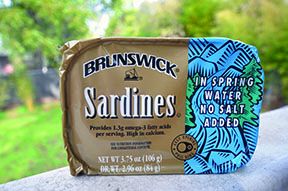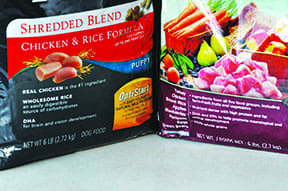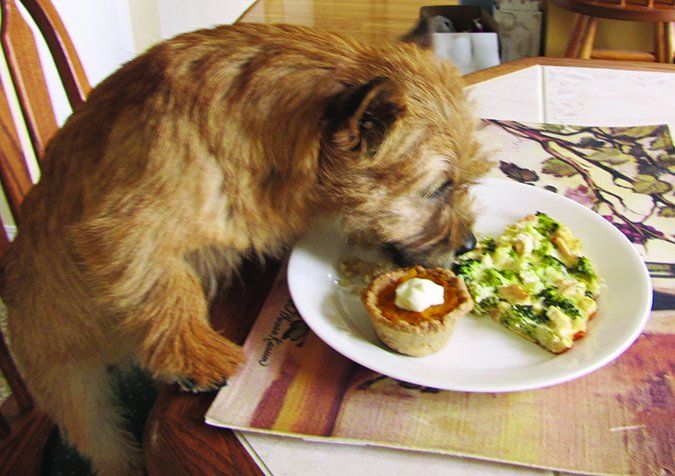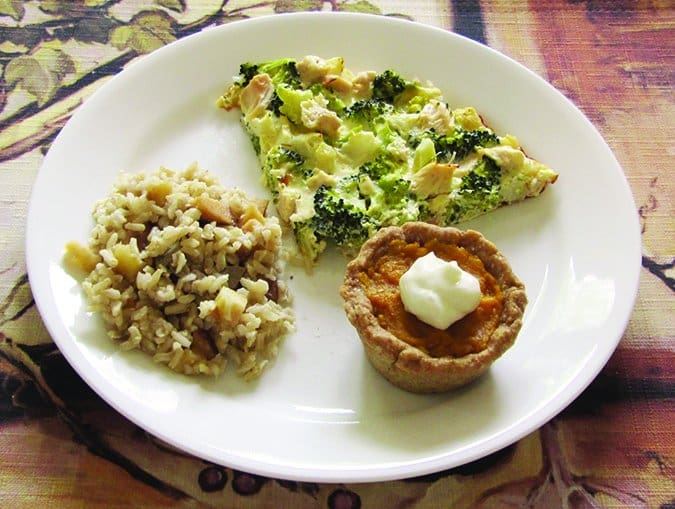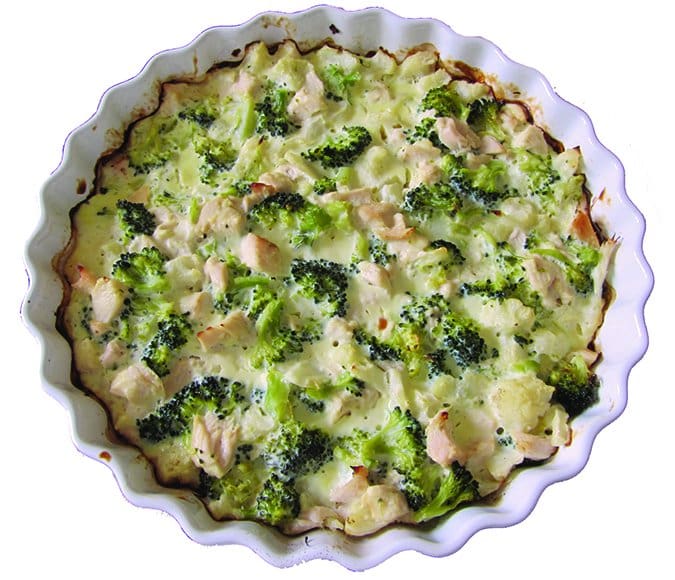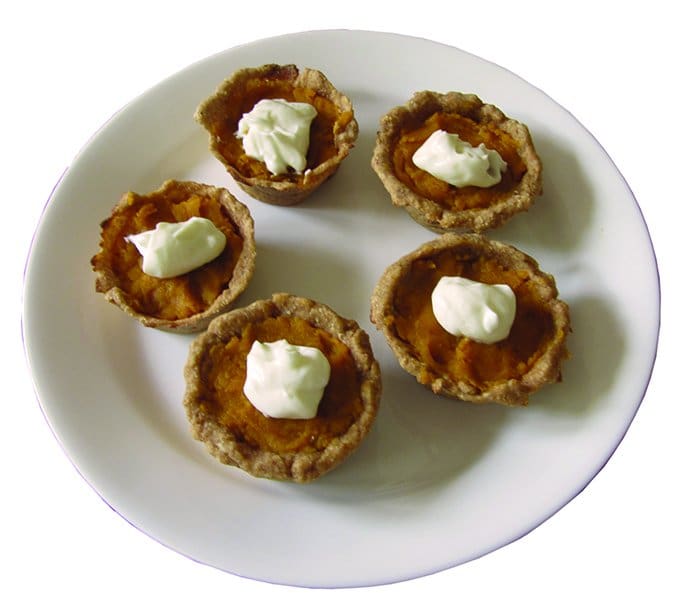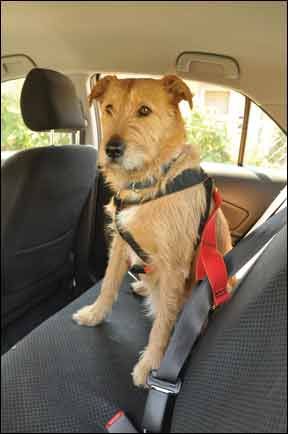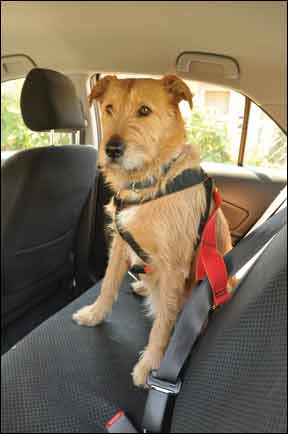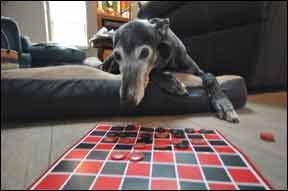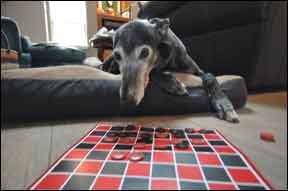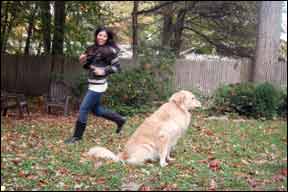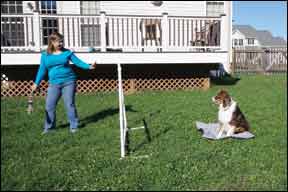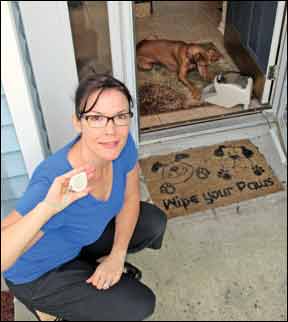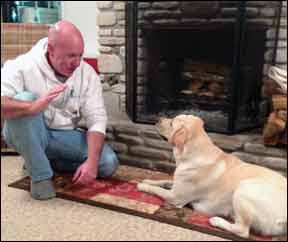It’s that time of year again: making a list and checking it twice. Many of us include animal-related charities on our gift list. But how do you choose which ones to support? There is no shortage of good causes. Here are some guidelines for how to evaluate an organization as a potential recipient of your hard-earned dollars.
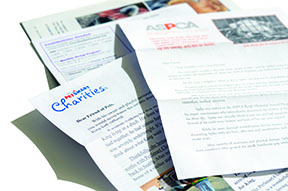
It may seem obvious but the first thing to contemplate is whether the cause – and the approach to it – is something you believe in and are passionate about. There are so many pleas for funding that sometimes we can get caught up in the immediate emotional moment, especially when faced with horrific images or stories; that can be an effective tactic to raising money. We hope to purge the haunting images of abused, neglected dogs in dire circumstances by sending off a check. But how do you know whether your check will actually alleviate any animal suffering?
Research, Research, and More Research
Think about your specific goals for your contribution. For example, let’s say you want to contribute to an organization that addresses pet overpopulation. There is a wide spectrum of approaches to this very issue, so you should think hard about how you would like to see the problem addressed. You could contribute to the actual costs of spay and neuter programs, or rescue organizations, or education programs!
When you’ve found the type of cause(s) near and dear to your heart, obtain as much information as you can about the organizations you might support. A charity’s website is a good place to start. Read about the organization’s goals, accomplishments, and challenges. Look for its mission statement; it should be a concise and vivid expression of the group’s purpose, and provide an overview. Who’s running the show? Review the credentials of the key staff members and board members; if it’s a 501(c)(3) organization and thus able to receive tax-deductible charitable contributions, there must be a board of directors.
Next, look at how the organization determines the need for its services and programs. Does it have targeted goals? Who benefits? How are these goals monitored and evaluated? How does the organization report results (short-term and long-term)? Are reports clear, understandable, and supported? Do they reflect the stated mission? How do they share the results of your donation?
Ideally this information will be readily available; if not, ask for it. Most organizations are more than willing to discuss their programs. That said, I recently crossed a couple charities off my list of prospects when I called for more information and the individuals I spoke with weren’t able to answer my questions and no one returned my call as promised. An important hallmark of a good charitable organization is its transparency in all aspects of its operations (not to mention good donor relations).
Follow the Money
Next, as much as you may hate this idea, it’s important to take a look at any charity’s financial reports. Many organizations post their financial information on their websites. If the organization is exempt from income tax, they are required to annually file Form 990 (see side bar) with the Internal Revenue Service. These forms are open to public inspection and must be made available to potential donors upon request. If the organization is not required to file Form 990 – and thus is not a registered 501 (c) (3) non-profit – request copies of their financial reports. A good organization will be able to provide some sort of financial report – an accounting of its income and expenses. If an organization can’t or won’t share these with you, then don’t share your money with them – they can’t account for it.
A good guideline to look for among efficient charities is an expenditure of 65-75 percent (or more) directly on a charity’s programs and 25-35 percent (or less) on fundraising and administration expenses. While successful organizations should allocate the majority of funds to providing programs and services, remember when reviewing salaries that they still need to recruit and retain talented people while attempting to keep administrative costs reasonable. When reviewing fundraising expenses, keep in mind that it costs money to raise money, but this should not be the reason for the existence of the organization.
Examine the details of the fundraising ratio: the amount raised compared to the amount expended. Consider that ratios can be higher than ideal due to special circumstances such as being a new organization (and thus having higher expenses than an established entity) or advancing a new cause. A group with a high fundraising ratio may actually have increased revenue (spends more to make more), which in turn allows it to do more.
Large organizations are sometimes criticized for their lobbying, fundraising, and administrative expenses. They often defend this by saying that because they are large and receive bigger revenues, they can spend a lot of money and as a result can accomplish the large goals that smaller organizations don’t have the resources to tackle. Again, compare your goals to theirs. It’s a mismatch if, for example, it’s most important to you to increase the adoption of homeless pets, and the organization spends a relatively small amount on its “boots on the ground” programs in favor of legislative reforms.
If possible, review the financials for a minimum of the past three years. Look for organizations that are able to grow their revenue at least at the rate of inflation, continue to invest in programs, and save money for a rainy day.
Many Giving Options
Donations can be made to anyone or any type of organization you desire: individuals, private organizations, for-profit organizations, or not-for-profits. If you want the donation to be tax deductible, however, verify that the organization has been designated as a 501(c)(3), proving it is organized and operated for charitable purposes. This is the U.S. Internal Revenue Code for tax-exempt status and is regulated by the U.S. Department of the Treasury through the IRS. It allows for the federal tax exemption of non-profit organizations, specifically those that are considered public charities (receiving most of their income from the public or the government), private foundations (receiving most of their income from investments and endowments and using that money to award grants to other groups), or private operating foundations (donating most of their assets directly to the causes rather than awarding grants to other charities).
To qualify, an entity must be organized and operated exclusively for religious, charitable, scientific, testing for public safety, literary or educational purposes, or to foster national or international amateur sports competition, or for the prevention of cruelty to children or animals.
Be aware that some organizations doing “charitable” work may not have obtained not-for-profit status for any number of reasons; it doesn’t necessarily mean that the group doesn’t have a worthy cause. Ask the same questions you would of a not-for-profit and then make your decision. Understand, however, that donations made to individuals or to any organization that is not registered as a not-for-profit are not tax-deductible.
Charity Navigator (charitynavigator.com), GuideStar (guidestar.com), and the Better Business Bureau’s Wise Giving Alliance (bbb.org/us/Wise-Giving) are great resources for helping donors make informed decisions; they do a lot of the legwork by evaluating and reporting on major charitable programs and often offer downloads of the charities’ relevant documents (such as the 990 forms).
Big, national charities may be the most persistent in asking for help, but consider local organizations working to effect change in your own backyard, such as shelters and rescues. These organizations often struggle with small budgets, and can make even small donations go a long way.
What if you want your money to go toward a specific program or even a specific dog? If there’s a particular disease that has touched your dog’s life, consider donating to university research programs targeting that disease; these programs are often the first to find new treatments and cures.
While the IRS does not allow tax deductions for donations made for a specific person, there are organizations that are set up to help direct funds to individual dogs. One such organization, Magic Bullet Fund, allows for tax-deductible contributions to be made to a specific dog battling cancer that has registered with them. Donations made for a dog’s treatment are held in reserve for that dog; the funds are redistributed to the General Fund if they cannot be used.
If you have a substantial amount to give, meet with the organization in person to direct how you want your donation to be used. You may be able to create and fund a specific program or even specific research. Providing for your favorite animal-related charity in your trust or will is another option.
Donor Beware
It’s not a good practice to give out your personal information to any organization representative who calls you, comes to your door, or approaches you on the street, soliciting a donation. If it’s a cause you’re interested in, contact the organization directly. This ensures you are dealing with the organization itself and not a fraudulent entity posing as a charity; and if you do decide to donate, you’ve eliminated a possible middleman and all of the contribution will go directly to the organization. Do not give cash.
It has become common practice in modern fundraising for charities to share, swap and sell their donor lists. If you don’t want your name on these mailing lists, request that your information not be shared.
Research to see if the organization has been mentioned in any news reports that might link them to questionable practices; also research individual executives. The organization itself might not be addressing any of these issues, but negative publicity is difficult to hide in these days of information-sharing.
If you donate over time, be sure to periodically evaluate whether or not the organization is still in line with your interests; missions can shift over time and you may want reconsider. I had to do this when I learned that one of the advisory board members of a charity that I had donated to regularly supported an industry that was in direct opposition to what I thought the organization stood for. I asked a representative of the charity for an explanation of this contradiction, but the rep either couldn’t or wouldn’t even try to explain. I concluded that the advisory board member probably donated a lot of money to the charity – a lot more than I ever could – and that the group had more interest in him than in small donors like me.
I continued to receive solicitation calls even though I had informed the organization that I would no longer donate to the charity as long as that person was still on the charity’s advisory board. One phone solicitor told me that I should overlook my concern because of all the good things the organization did. After I politely informed the caller that this incongruency made me suspect the group’s true mission, I was removed from all of its solicitation lists. Don’t be afraid to ask the hard questions!
Which leads me to charities you may fund inadvertently. I was dismayed to learn that one of the dog product suppliers I used to purchase from gave a portion of their proceeds to an organization that tested on animals (including dogs).
I nicknamed this “stinkwashing” (inspired by the “pinkwashing” term coined by the Breast Action Fund for the hypocrisy of the actions of companies and organizations that claim to care about breast cancer and promote a pink ribbon product but at the same time produce, manufacture, and/or sell products that are linked to the disease). Now I’m always suspicious of generalized statements about “proceeds of this sale will be donated to…” Are these companies in line with your personal values? What is the company doing to ensure that its donations (from the sale of products to you) are not linked to programs that are detrimental to dogs or animals? If you can’t tell or don’t know what the organization does, reconsider your purchase.
More than Money
What about the multitude of us that have no funds to spare in these difficult economic times? Don’t feel guilt – it has no useful purpose. And don’t let a lack of financial resources hinder your generosity. Many organizations need your non-monetary donations as well. Shelters and rescues often have holiday wish lists for items that you may be able to spare without spending a penny. Bedding and towels are common needs, as are “safe dog toys” (ones without parts that can be chewed off), crates, and collars and leashes that can be given to adopters.
And if you’ve got some time, consider volunteering for your favorite local organization. You could walk or bathe homeless pets, help with a shelter’s laundry, or perhaps donate your skills at website design or even something as mundane as data entry. While you might not get a tax deduction, the benefit to a cash-strapped, understaffed shelter or local rescue can be priceless.
Barbara Dobbins is a San Francisco Bay Area dog trainer on hiatus. When she’s done paying for her dog’s cancer treatments, she will donate to canine cancer research.



